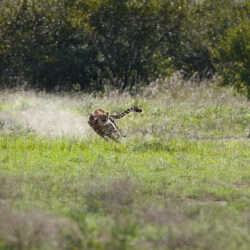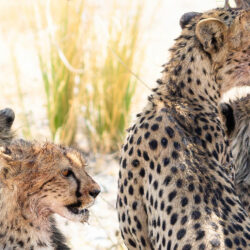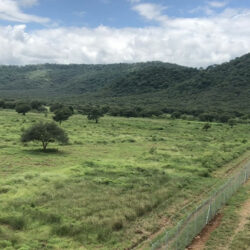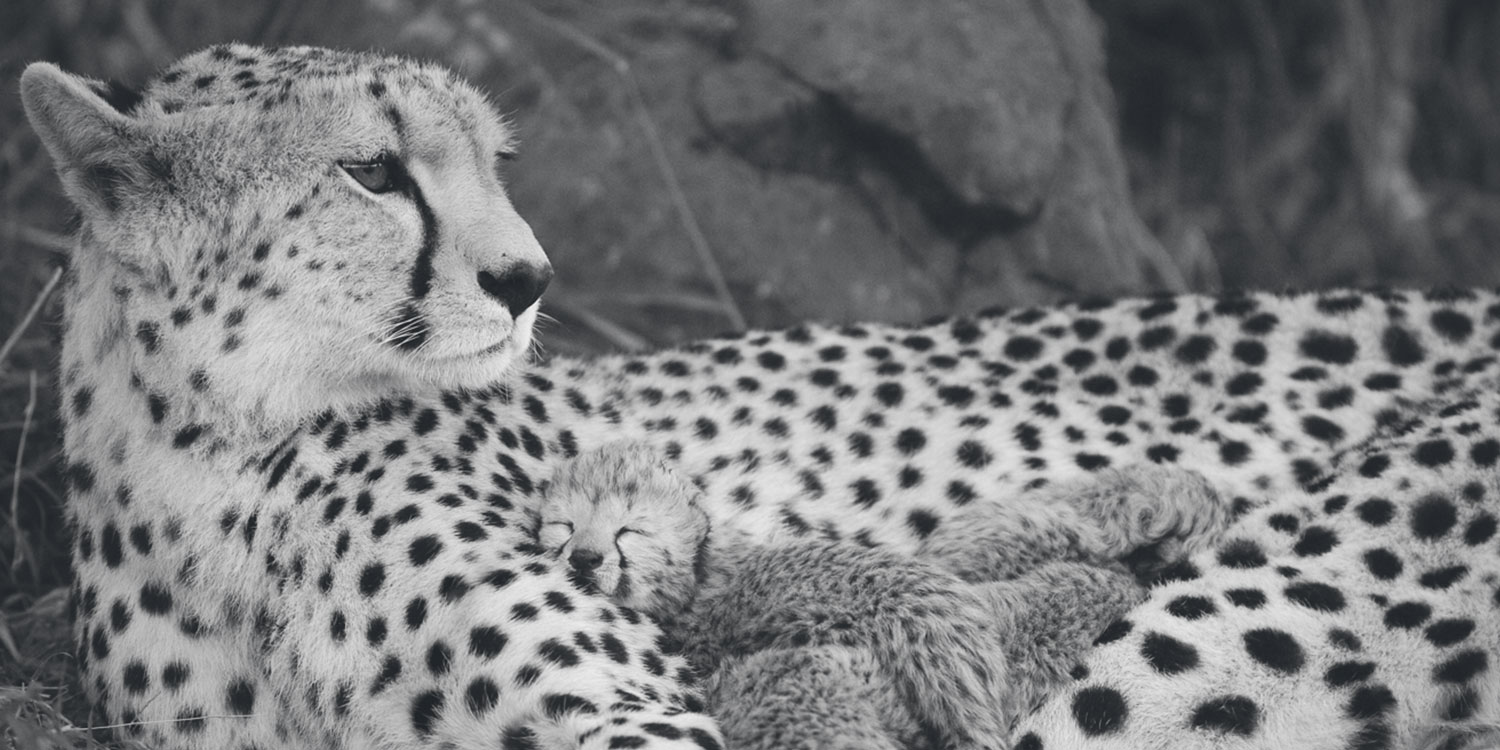Conservation potential in Namibia’s central-eastern landscape
-

- by Stijn Verschueren August 5, 2024
Namibia is known for its stunning landscapes and diverse wildlife. Large carnivores play vital roles in maintaining the balance of these ecosystems, yet many species are under threat from human activities and environmental changes. Over the past five years, we conducted multiple large-scale camera trapping surveys to understand where carnivores are found in Namibia’s central-eastern landscape. This vast and remote region is notably understudied, despite its critical position in relation to the southern African conservation network, especially the Kavango-Zambezi Transfrontier Conservation Area (KAZATFCA).
Placing camera traps across this vast landscape was challenging, and we often relied on the help of local communities and the use of detection dogs to find signs of carnivores. Our camera traps revealed some interesting results. Dominant predators like lions and spotted hyenas were largely missing, indicating a substantial shift in the historic carnivore community. In their place, we found brown hyenas to be widespread, while African wild dogs and cheetahs showed clear habitat preferences. Wild dogs preferred areas of high vegetation productivity, while cheetahs favored areas with sufficient grasslands. Leopards, known for their adaptability, were found in rugged and vegetated areas away from humans. These findings show that different species have different habitat needs, which means conservation efforts need to be tailored species-specifically.

The changing carnivore population in Namibia reflects the challenges faced by wildlife in areas used by both humans and animals. While the absence of top predators like lions and spotted hyenas is worrying, the presence of more adaptable species like leopards, cheetahs, and wild dogs offers hope. These animals are finding ways to persist in human-dominated landscapes, yet their survival remains threatened by encroachment of people and their livestock.
Our study highlights the need for conservation approaches that consider multiple species together. By understanding the specific needs and threats faced by each, we can create more effective strategies. Our findings suggest that large parts of central-eastern Namibia could be suitable for carnivore conservation, and possibly restoration. Achieving this requires sustainable land-use practices, community involvement, and targeted habitat restoration. By exploring and addressing these challenges and opportunities, we continue working towards a future where humans and carnivores live together in harmony.
Related Reading
-
October 15, 2024
The Ecology of the Landscape Down to the Smallest Part




